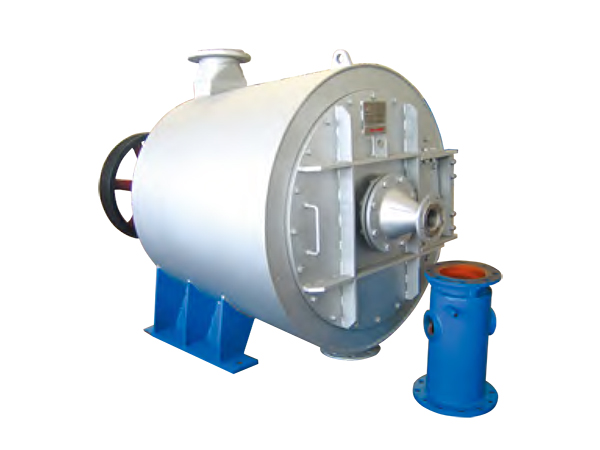The safety usage regulations for fiber separators in papermaking equipment are as follows:
I. Norms for Preparations Before Operation
Equipment inspection
Confirm that all components of the fiber separator (such as blades, rollers, screens, transmission devices, separation rollers, feeding hoppers, and discharge ports) are intact and undamaged, without any loosening, wear or abnormal phenomena.
Check whether the protective covers, safety doors and other protective devices are installed firmly to ensure there is no risk of accidental opening during operation.
Clean the interior of the equipment and the working area to ensure there are no metal foreign objects, debris or residual materials, to prevent blockage or damage to the equipment.
Electrical safety inspection
Check whether the power line is in good condition, without any damage, exposure or aging, and whether the grounding wire connection is reliable.
Make sure the door of the electrical control cabinet is tightly closed to prevent moisture or dust from entering and causing a short circuit.
Lubrication and trial operation
Check whether the lubrication system is normal, whether the lubricating oil is sufficient and clean, and replace the lubricating oil regularly as required by the equipment.
Before starting, conduct a no-load test run to observe whether the equipment operates smoothly without any abnormal noise, vibration or overheating.
Ii. Safety Regulations during Operation
Start and stop procedures
Start-up sequence: Start the auxiliary equipment (such as conveyor belts and fans) first, and then start the main motor of the fiber separator. When shutting down, the sequence is reversed. First, stop feeding, and then turn off the power after all the materials inside the equipment have been processed.
Emergency stop: In case of abnormal situations (such as abnormal noise, vibration, or excessively high temperature), immediately press the emergency stop button to cut off the power supply and report to the maintenance personnel.
Feed control
Add materials evenly and slowly to avoid overloading or clogging the equipment due to excessive input at one time.
Ensure that the materials meet the processing requirements of the separator. It is strictly prohibited to mix in hard foreign objects such as metals and stones.
Operation monitoring
Closely monitor the operating status of the equipment, and regularly check the separation effect, output quality and temperature changes.
During operation, it is strictly prohibited to open the protective cover or carry out maintenance. If parameter adjustment is necessary, the machine must be stopped before operation.
Personnel protection
Operators must wear protective equipment (such as safety helmets, protective glasses, dust masks, and anti-crush shoes), and long hair should be coiled into the helmet.
Do not touch rotating parts or clear debris when the equipment is in operation to avoid getting your limbs involved.

Iii. Post-operation Maintenance Norms
Cleaning and maintenance
After each use, clean the residual materials inside and outside the equipment to prevent corrosion or blockage.
Regularly inspect and replace worn parts (such as blades, screens, and bearings) to ensure the stable performance of the equipment.
Lubrication and Inspection
Add lubricating oil regularly according to the equipment lubrication chart to keep the transmission components well lubricated.
Check whether the electrical circuits and grounding devices are in good condition. Repair any problems found in time.
Records and Reports
Record the operation time, maintenance conditions and abnormal phenomena of the equipment to provide a basis for subsequent maintenance.
When equipment failure or potential safety hazards are discovered, stop the machine immediately and report to the maintenance personnel. It is strictly prohibited to disassemble or repair it privately.
Iv. Environmental and Safety Requirements
Work area safety
The equipment should be installed in a well-ventilated, dry and flame-free environment with a flat and stable ground.
The working area should be kept clean and tidy. No clutter is allowed to be piled up. Ensure that the passageways are unobstructed.
Fire prevention and explosion control
Smoking or the use of open flames is prohibited around the fiber separator. Fire extinguishing equipment should be provided and inspected regularly.
Regularly clean the dust inside the equipment and in the pipelines to prevent the risk of dust explosion.
Training and Qualifications
Operators must undergo professional training, be familiar with the operation procedures and emergency measures of the equipment, and hold relevant certificates to work.
Regularly organize safety drills to enhance the emergency response capabilities of operators.